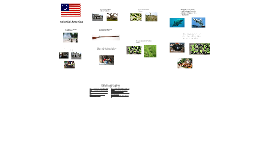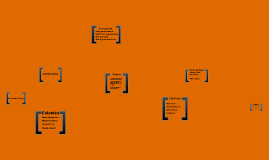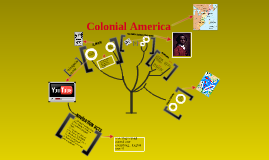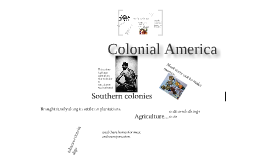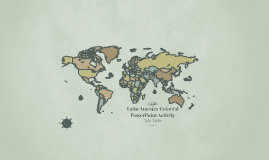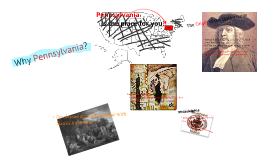Colonial America
Transcript: Colonial America The Colonists were constantly at war with the British. The Americans had Muskets, but they weren't very accurate. Most men were blacksmiths, builders, soldiers, and farmers The Americans usually had cabins and small farms. Children went to school for most of the day, then they would work on the family farm. Foods in the Northern Colonies. Foods and plants in the Southern colonies. Along the coast, whales could be hunted to make oil lamps. Fishing was also a big industry Exported goods from the colonies; tobacco, indigo, lumber, iron, and furs. Bibliography http://www.suffolk.lib.ny.us/youth/jcsscolonial.html http://www.usa-people-search.com/content-children-in-colonial-america.aspx The idea of rifling a barrel was developed in 1492. Rifling makes the bullet spiral out of the gun making it much more accurate. Muskets had bayonets which were blades on the end of the gun. Bayonets gave soldiers more protection while they were loading the gun. Women stayed at home and did chores like making clothing. Tobacco was one of the most exspensive exsported products in the colonies. The first harvest of tobacco was worth over one million dollars in todays money. The military was made up of untrained soldiers that were farmers. Corn was easy to grow in the middle coloniesbecause the soil was thicker and richer than in the New England colonies. The colonists didn't want to be controlled by the British. Most families had to give homes to soldiers and give them food. http://cassian.memphis.edu/history/mcrouse/colonial.html Iron was produced in the Northern colonies. Most big farms in the south were farmed by slaves. If you wanted a good, they were usualy exspensive. Tobacco is a big part of the trade in the colonies. They would trade it for big amounts of money. It was the crop that saved Jamestown. Children went to school after doing morning chores and then after school they would help more at their houses. Bayonets were put on the end of muskets to give protection to the sodiers while they are reloading. Houses were made of logs and usually had fire places and stone chimneys. http://www.claytoncramer.com/popular/GunmakingAFamilyAffair.html http://www.tms.riverview.wednet.edu/lrc/colonial.htm Hardwoods like Oak, Pine, and Willow were sold in the market for a big amount of money. Lots of the wood was sold to the ship building industry. http://www.usahistory.info/colonial/customs.html Rice was considered a very valuable crop in colonial times. African slaves were brought into the colonies because they were already amune to diseases and knew how to grow rice. Furs like the Beaver pelt were very popular in England. The Beaver pelts were made into hats because they have a natural water repelant. Small farms in the north consisted of cattle, corn, wheat, and squash. http://www.publicbookshelf.com/public_html/Our_Country_vol_2/coloniala_cb.html http://www.ssdsbergen.org/Colonial/blacksmith.htm The Middle Colonies were called the "breadbasket" of the all the colonies because of the big grain industry. Blacksmithes made nails, bars, other metal products.






